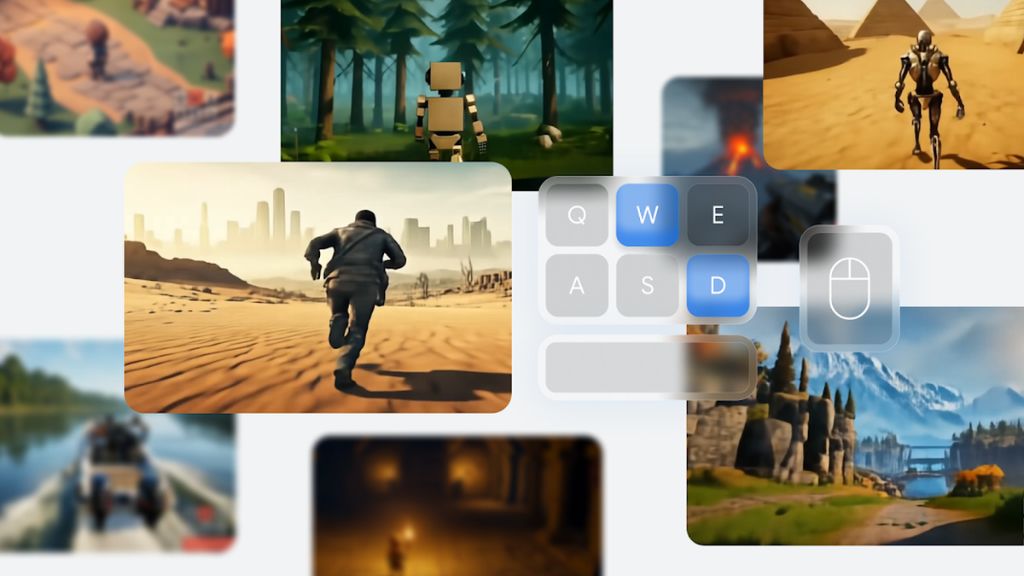
In a revolutionary leap for artificial intelligence and gaming, Google has unveiled a groundbreaking AI model capable of generating playable 3D worlds from simple images. This innovation is set to redefine the boundaries of gaming, virtual reality (VR), and creative industries, empowering developers and enthusiasts to create immersive environments with unprecedented ease.
The Tech Behind the Magic
Google’s new AI model leverages advancements in Generative AI, neural radiance fields (NeRFs), and spatial computing. By analyzing a 2D image, the AI identifies depth, texture, and spatial relationships, transforming flat visuals into dynamic, interactive 3D spaces.
Unlike traditional 3D modeling, which requires complex tools and significant expertise, Google’s AI automates the process. With just a few snapshots of an environment or object, the model can extrapolate and generate a detailed, navigable 3D world.
Playable Worlds, Personalized Experiences
What sets this model apart is its ability to make these environments playable. Users can interact with objects, explore spaces, and even customize elements, making it ideal for gaming, virtual tours, and training simulations.
For instance, a photo of a serene forest can be transformed into an explorable digital landscape, complete with lifelike trees, animated wildlife, and atmospheric effects. Similarly, architects could turn blueprints or snapshots of real-world locations into fully interactive 3D walkthroughs for clients.
Applications Across Industries
- Gaming and VR: Game developers can use this technology to create lifelike worlds quickly, reducing production timelines and costs. It’s also a boon for VR, where immersive and authentic environments are key.
- Education and Training: Virtual classrooms, historical site recreations, and realistic training simulations could become more accessible and engaging.
- Real Estate and Tourism: Potential buyers and travelers could explore homes or destinations virtually, enhancing decision-making processes.
- Cultural Preservation: Historical landmarks and endangered sites could be digitized in playable 3D formats, preserving them for future generations.
How It Compares to Current Technology
Current methods of creating 3D environments often rely on photogrammetry or manual design, both of which are labor-intensive and resource-heavy. Google’s AI significantly streamlines the process, making it accessible to non-experts while maintaining high levels of detail and interactivity.
Furthermore, the integration of AI-generated physics and lighting ensures that the resulting worlds are not only visually stunning but also realistic in their interactions and behavior.
Potential Challenges
Despite its promise, Google’s model faces challenges. Generating high-quality 3D worlds requires significant computational resources, raising concerns about accessibility for smaller creators. Additionally, ensuring ethical use—such as avoiding the replication of copyrighted or sensitive spaces—will require thoughtful safeguards.
Google’s Vision for the Future
In its announcement, Google highlighted its commitment to democratizing creativity and technology. The company envisions a future where anyone can craft and explore digital worlds, from independent game developers to students working on class projects.
Google’s AI model represents more than a technological milestone—it’s a glimpse into the future of how humans interact with digital spaces. As AI continues to evolve, the line between the real and virtual worlds blurs, opening up endless possibilities for innovation and exploration.
With this breakthrough, Google isn’t just transforming how 3D worlds are built—it’s reshaping how we experience them.



